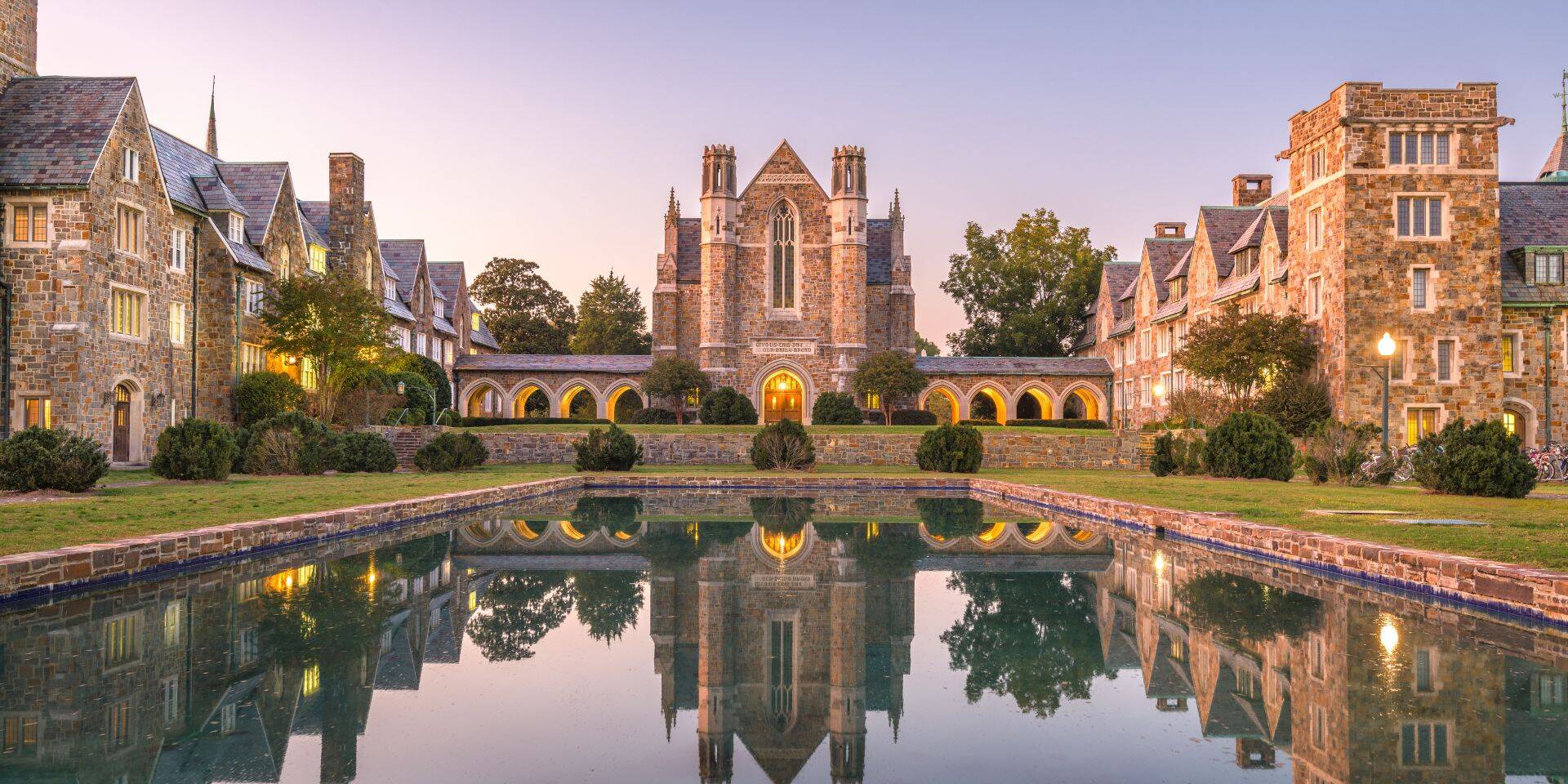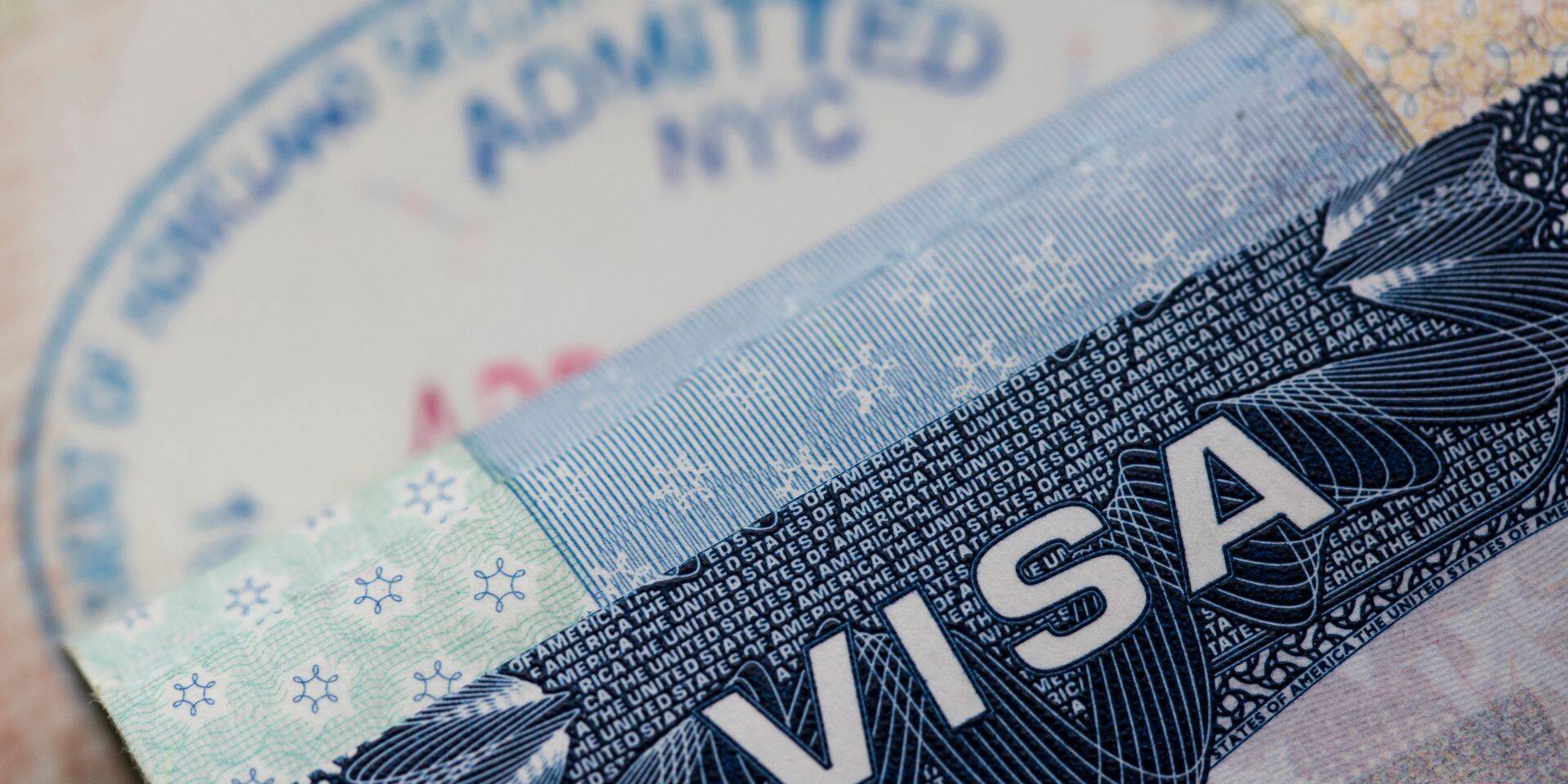The Department of Homeland Security announced the H-2B Cap Visa will have an additional nearly 65,000 visas available for the Fiscal Year 2023, which runs through September 30, 2023. Below is the announcement for the H-2B Cap Visa program:
Being announcement
Today the Department of Homeland Security (DHS), in consultation with the Department of Labor (DOL), announced that it will be issuing a regulation that will make available to employers an additional 64,716 H-2B temporary nonagricultural worker visas for fiscal year (FY) 2023, on top of the 66,000 H-2B visas that are normally available each fiscal year. By making these supplemental visas available at the outset of the fiscal year, which began on October 1, 2022, DHS is acting swiftly to address employers’ needs for additional seasonal workers. At the same time, DHS and DOL are working together to institute robust protections for U.S. and foreign workers alike, including by ensuring that employers first seek out and recruit American workers for the jobs to be filled, as the visa program requires, and that foreign workers hired are not exploited by unscrupulous employers. To strengthen these efforts, DHS and DOL also announced the creation of a new White House-convened Worker Protection Taskforce, as described below.
“The Department of Homeland Security is moving with unprecedented speed to meet the needs of American businesses,” said Secretary of Homeland Security Alejandro N. Mayorkas. “At a time of record job growth, this full year allocation at the very outset of the fiscal year will ensure that businesses can plan for their peak season labor needs. We also will bolster worker protections to safeguard the integrity of the program from unscrupulous employers who would seek to exploit the workers by paying substandard wages and maintaining unsafe work conditions.”
The H-2B supplemental includes an allocation of 20,000 visas to workers from Haiti and the Central American countries of Honduras, Guatemala, and El Salvador. This advances the Biden Administration’s pledge, under the Los Angeles Declaration for Migration and Protection, to expand legal pathways as an alternative to irregular migration. This is also consistent with the joint commitment President Biden and President López Obrador of Mexico made in July to work together to broaden opportunities for seasonal and circular labor and ensure that migration is a choice and not a necessity. This is one of many ways that the United States and Mexico are partnering to manage migration and fuel economic growth, as discussed in the bilateral working group on labor mobility.
American businesses in industries as varied as hospitality and tourism, landscaping, seafood processing, and more depend on seasonal workers to meet demand from consumers. The supplemental visa allocation will address the need for seasonal workers in areas where too few U.S. workers are available, helping contribute to the American economy.
In addition to the 20,000 visas reserved for nationals of Haiti and the Northern Central American countries, the remaining 44,716 supplemental visas will be available to returning workers who received an H-2B visa, or were otherwise granted H-2B status, during one of the last three fiscal years. The regulation will allocate these remaining supplemental visas for returning workers between the first half and second half of the fiscal year to account for the need for additional seasonal workers over the course of the year, with a portion of the second half allocation reserved to meet the demand for workers during the peak summer season.
The H-2B program permits employers to temporarily hire noncitizens to perform nonagricultural labor or services in the United States. The employment must be of a temporary nature, such as a one-time occurrence, seasonal need, or intermittent need. Employers seeking H-2B workers must take a series of steps to test the U.S. labor market. They must also certify in their petitions that there are not enough U.S. workers who are able, willing, qualified, and available to perform the temporary work for which they seek a prospective foreign worker. In addition, employers must certify that employing H-2B workers will not adversely affect the wages and working conditions of similarly employed U.S. workers.
DHS and DOL acknowledge that H-2B workers face structural disincentives to reporting or leaving abusive conditions, and often lack power to exercise their rights in the face of exploitative employment situations. The departments emphasize the importance of protecting all H-2B workers from exploitation and abuse, and of ensuring, consistent with law, that employers do not refuse to hire or appropriately recruit U.S. workers who are able, willing, qualified, and available to perform the temporary work. The forthcoming temporary final rule implementing this allocation will feature several provisions to protect both U.S. and H-2B workers. For example, DHS will subject employers that have committed certain labor law violations in the H-2B program to additional scrutiny in the supplemental cap petition process. This additional scrutiny is aimed at ensuring compliance with H-2B program requirements and obligations.
To address these issues more broadly, the departments announce the creation of the H-2B Worker Protection Taskforce (“Taskforce”). Convened by the White House, the Taskforce will focus on (1) threats to H-2B program integrity, (2) H-2B workers’ fundamental vulnerabilities, including their limited ability to leave abusive employment without jeopardizing their immigration status, and (3) the impermissible use of the program to avoid hiring U.S. workers. The departments will assess a variety of policy options to address these issues and will provide an opportunity for relevant stakeholders to offer input. The work of the Taskforce will build on ongoing efforts in both departments to reform the H-2 temporary visa programs. In the coming months, DHS also plans to issue a notice of proposed rulemaking relating to the H-2 programs, which will incorporate policies that strengthen protections for H-2 workers.
Additional details on H-2B program safeguards, as well as eligibility and filing requirements, will be available in the temporary final rule and the Cap Count for H-2B Nonimmigrants webpage.
End Announcement
If you have questions about the FY2023 H-2B Cap Visa or any other immigration-related issue, contact us at ILBSG. We put our extensive experience to work for you to ensure you get the right advice.
Related Posts
May 8, 2025
Immigration Officials used Criminal Database for Student Visa Terminations
DHS revealed they used the FBI-ran NCIC…
May 5, 2025
Big Tech Provides ICE with New Immigration Tracking Software
Federal officials are teaming up with a…


